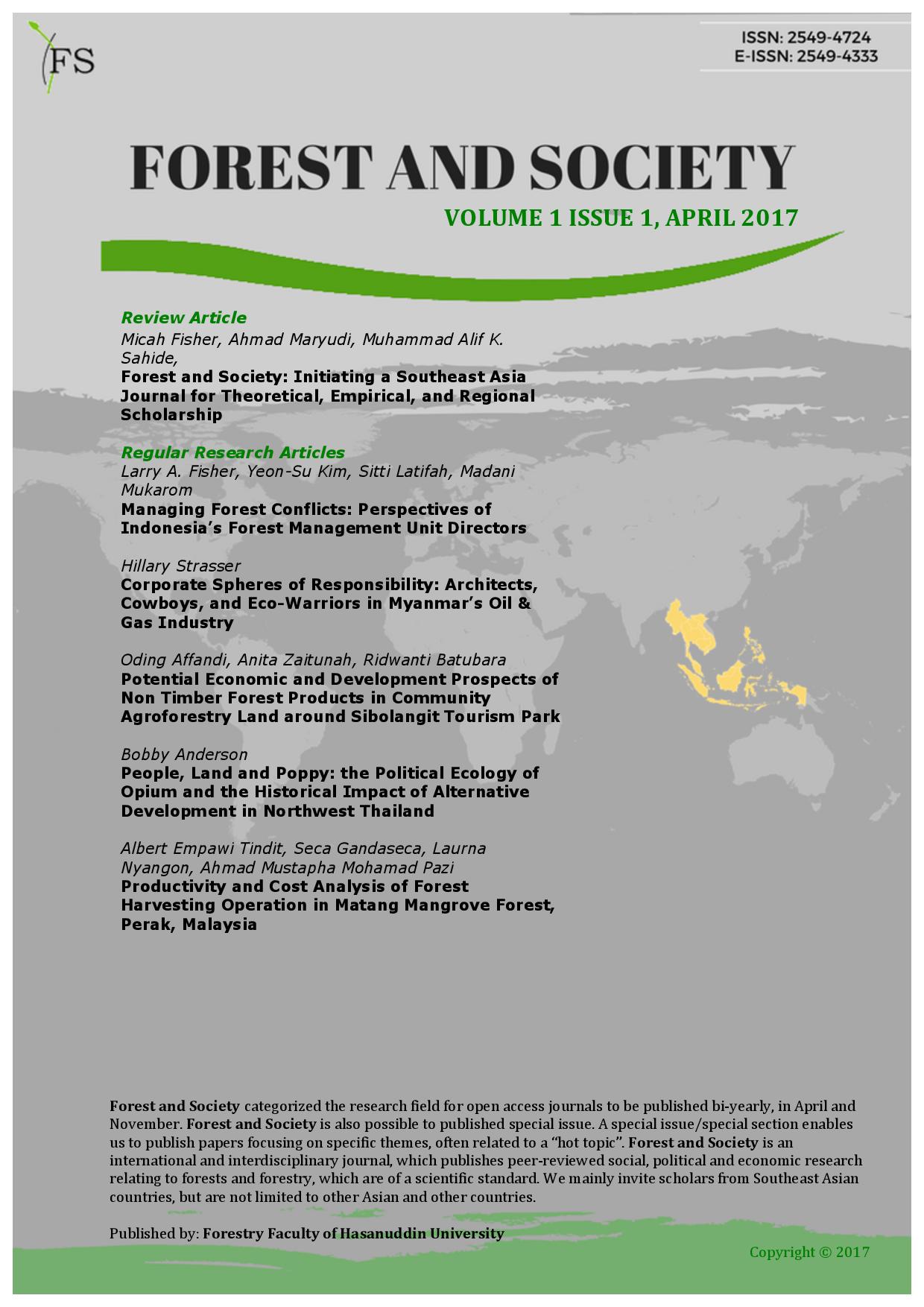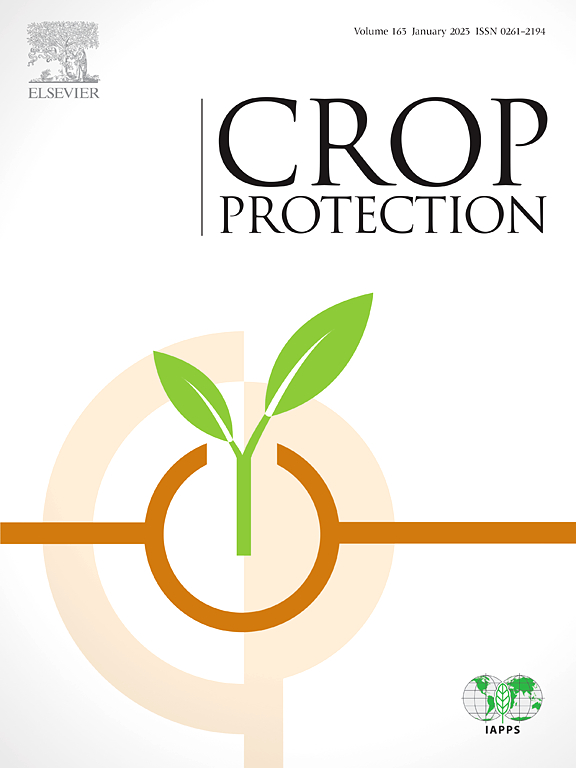This book represents Volume 4 in a seven-volume series that documents the potential natural vegetation map that was developed by the VECEA (Vegetation and Climate change in East Africa) project. The VECEA map was developed as a collaborative effort that included partners from each of the seven VECEA countries (Ethiopia, Kenya, Malawi, Rwanda, Tanzania, Uganda and Zambia). • In Volume 1 , we present the potential natural vegetation map that we developed for seven countries in eastern Africa. In Volume 1, we also introduce the concept of potential natural vegetation and give an overview of different application domains of the VECEA map. • Volumes 2 to 5 describe potential natural vegetation types, also in - cluding lists of the “useful tree species” that are expected to natural - ly occur in each vegetation type – and therefore also expected to be adapted to the environmental conditions where the vegetation types are depicted to occur on the map. Volume 2 focuses on forest and scrub forest vegetation types. Volume 3 focuses on woodland and wooded grassland vegetation types. Volume 4 focuses on bushland and thicket vegetation types. In Volume 5 , information is given for vegetation types that did not feature in Volumes 2 to 4. • Volume 6 gives details about the process that we followed in mak - ing the VECEA map. • Volume 7 shows the results of modelling the distribution of poten - tial natural vegetation types for six potential future climates.























